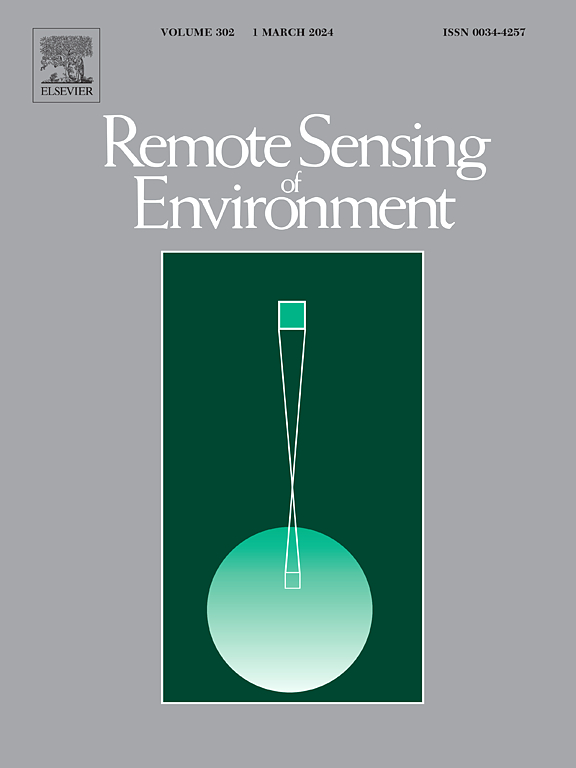Deep learning approach for reconstructing three-dimensional distribution of NO2 on an urban scale
IF 11.1
1区 地球科学
Q1 ENVIRONMENTAL SCIENCES
引用次数: 0
Abstract
The emission, transmission, and secondary generation of atmospheric pollutants occur not only in proximity to the ground but also at elevated altitudes. Vertical distribution plays a pivotal role in understanding the intricate mechanisms that govern atmospheric pollutants. Although ground-based remote sensing offers valuable insights into vertical pollutant profiles, it is limited to obtaining vertical profiles at specific locations, which cannot capture the spatially continuous distribution of vertical profiles at the city scale. Thus, these methods cannot fully support the understanding of high-altitude transport and vertical exchange of atmospheric pollutants. This study proposes a multimodal intermediate fusion (MIF) architecture based on a residual network. Using inputs such as satellite data and meteorological parameters tied to profiles retrieved by multi-axis differential optical absorption spectroscope (MAX-DOAS), we reconstruct the daytime high spatial resolution (1 × 1 × 0.1 km) and temporal resolution (15 min) NO2 spatiotemporal distribution. The mean correlation between MIF reconstructions and ground-based in situ observations from the China National Environmental Monitoring Center reaches 0.813, and the correlation with TROPOMI tropospheric NO2 data reaches 0.750–0.796 in the different distance groups. The MIF performance significantly exceeds that of the WRF-Chem model in terms of resolution and accuracy. The full-coverage high-resolution 3D NO2 distribution allows us to analyze the distribution of NO2 and estimate its transport, revealing an annual net output of 0.780 Gg of NO2 from Hefei's urban areas. The vertical transport at high altitudes in urban areas is 28.2 % higher than that in the suburban regions. Notably, the annual high-altitude NO2 transport from 8:00 to 16:00 local time constitutes approximately 23.7 % of the annual NOX emissions in the Hefei urban area. During pollution events, the MIF reconstructions can identify two typical processes: 1) transport from elevated altitudes to ground level, and 2) external transport from the urban surface to high altitudes and then transport to suburban areas from elevated altitudes, ultimately reaching the suburban surface. The 3D NO2 distribution reconstructed by MIF may help understand the impact of high-altitude transport and the vertical exchange of pollutants on atmospheric pollution and can serve as a scientific basis for air pollution control policies.
求助全文
约1分钟内获得全文
求助全文
来源期刊

Remote Sensing of Environment
环境科学-成像科学与照相技术
CiteScore
25.10
自引率
8.90%
发文量
455
审稿时长
53 days
期刊介绍:
Remote Sensing of Environment (RSE) serves the Earth observation community by disseminating results on the theory, science, applications, and technology that contribute to advancing the field of remote sensing. With a thoroughly interdisciplinary approach, RSE encompasses terrestrial, oceanic, and atmospheric sensing.
The journal emphasizes biophysical and quantitative approaches to remote sensing at local to global scales, covering a diverse range of applications and techniques.
RSE serves as a vital platform for the exchange of knowledge and advancements in the dynamic field of remote sensing.
 求助内容:
求助内容: 应助结果提醒方式:
应助结果提醒方式:


